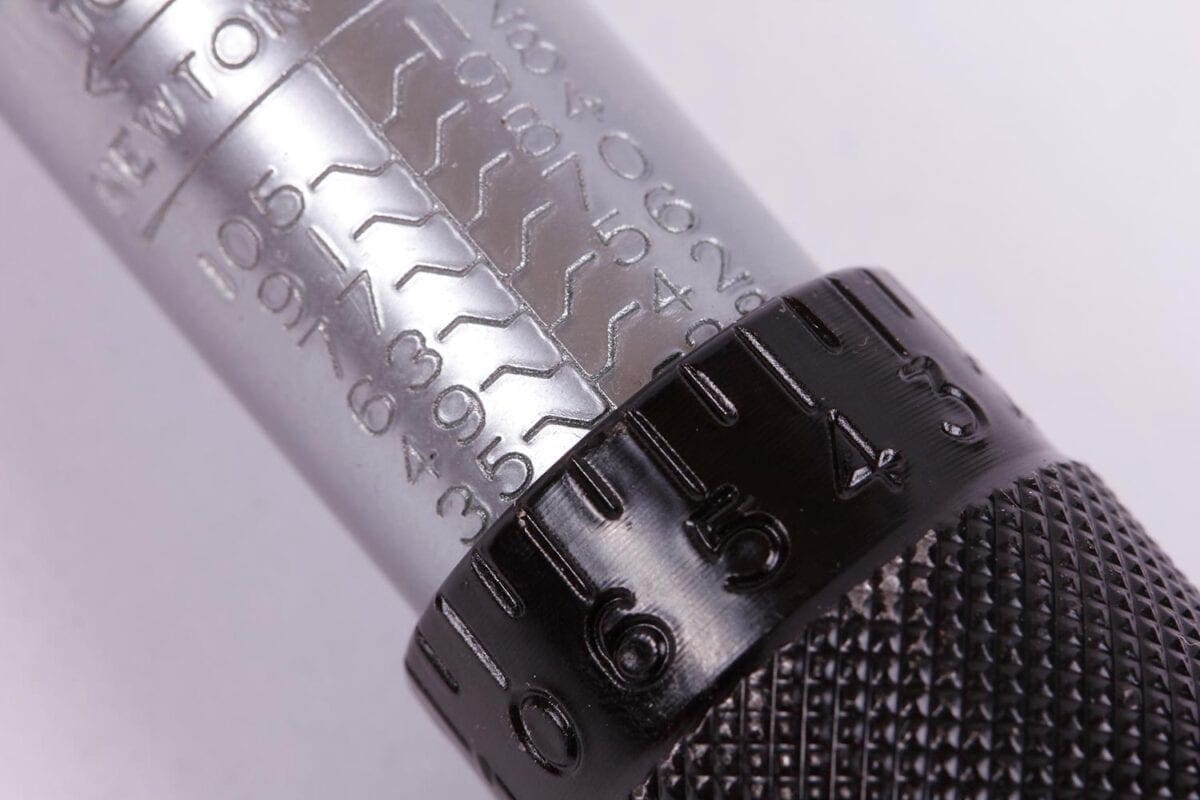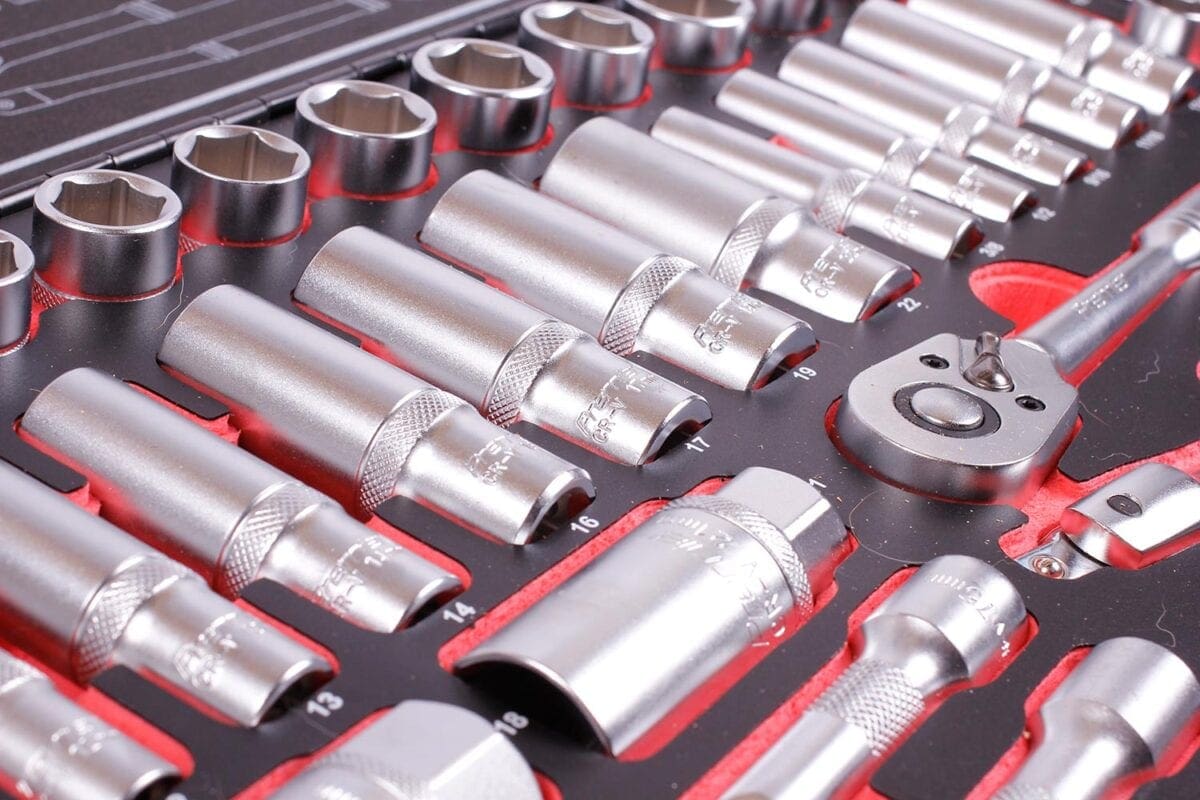John Milbank talks to the experts at Sealey to find out how to get the very best from your spanners, sockets and more…
As an enthusiastic home mechanic, I’m proud of my tool kit. Built up over the years (with many hand-me-downs from Dad), I’ve always valued what I use. Taking care of it is often common-sense, but following this simple advice will help make sure it lasts a lifetime…
Making the most of hand tools
- After a day’s work, wipe your kit down and pop it back in the toolbox. Keep it clean, tidy and in its place and you won’t be struggling to find something that’s rusting in a corner.
- Tools like torque wrenches can need calibrating once a year, especially when used at low settings on smaller fasteners. Don’t neglect it – a service will cost less than a broken engine casing.
- Use the right tool for the job. Adjustable wrenches break when used as hammers, and using a Philips screwdriver in a Pozidrive fastner could damage both the fixing and the tool.
- Consider using sockets and spanners that drive the wall of the fastener, rather than the corners. These tools can deliver much more torque, and will often undo a fastener which has had the corners rung off.
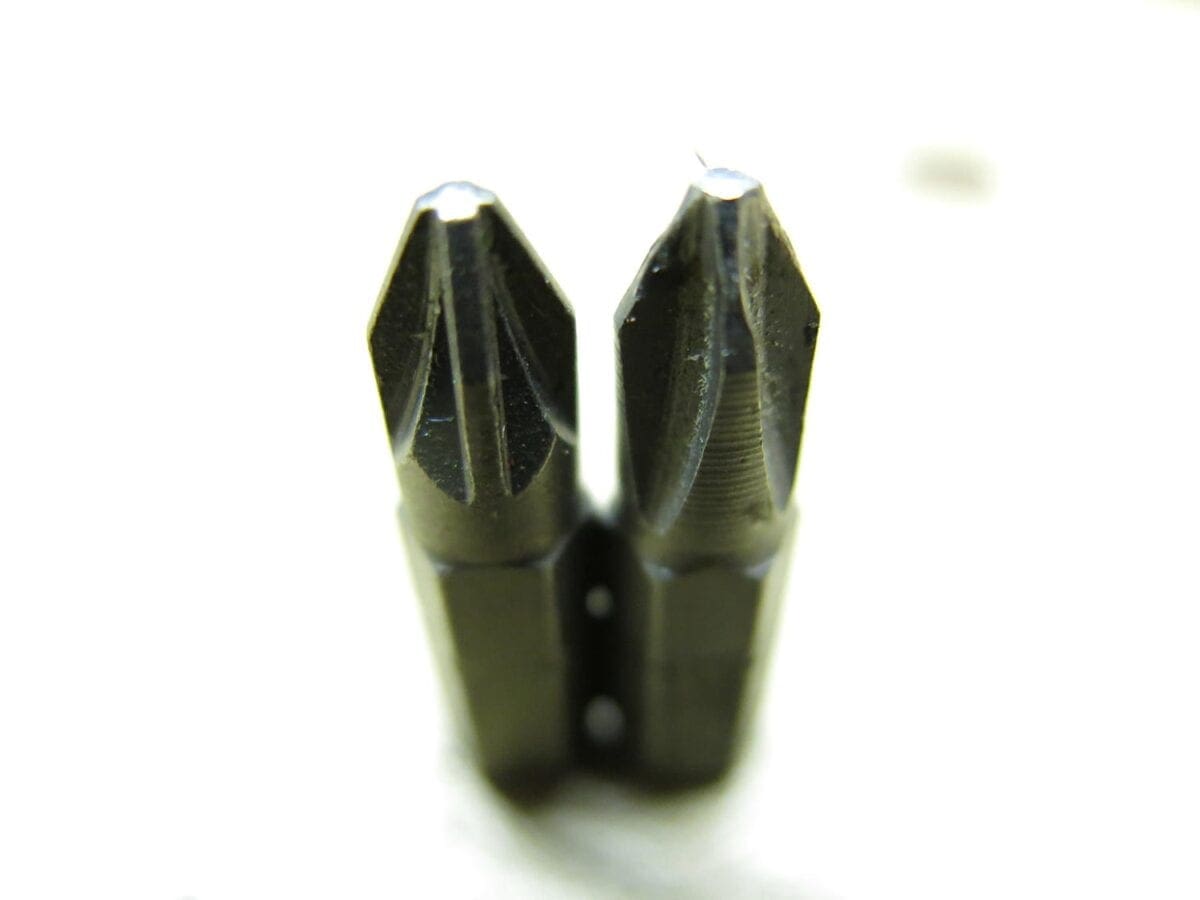
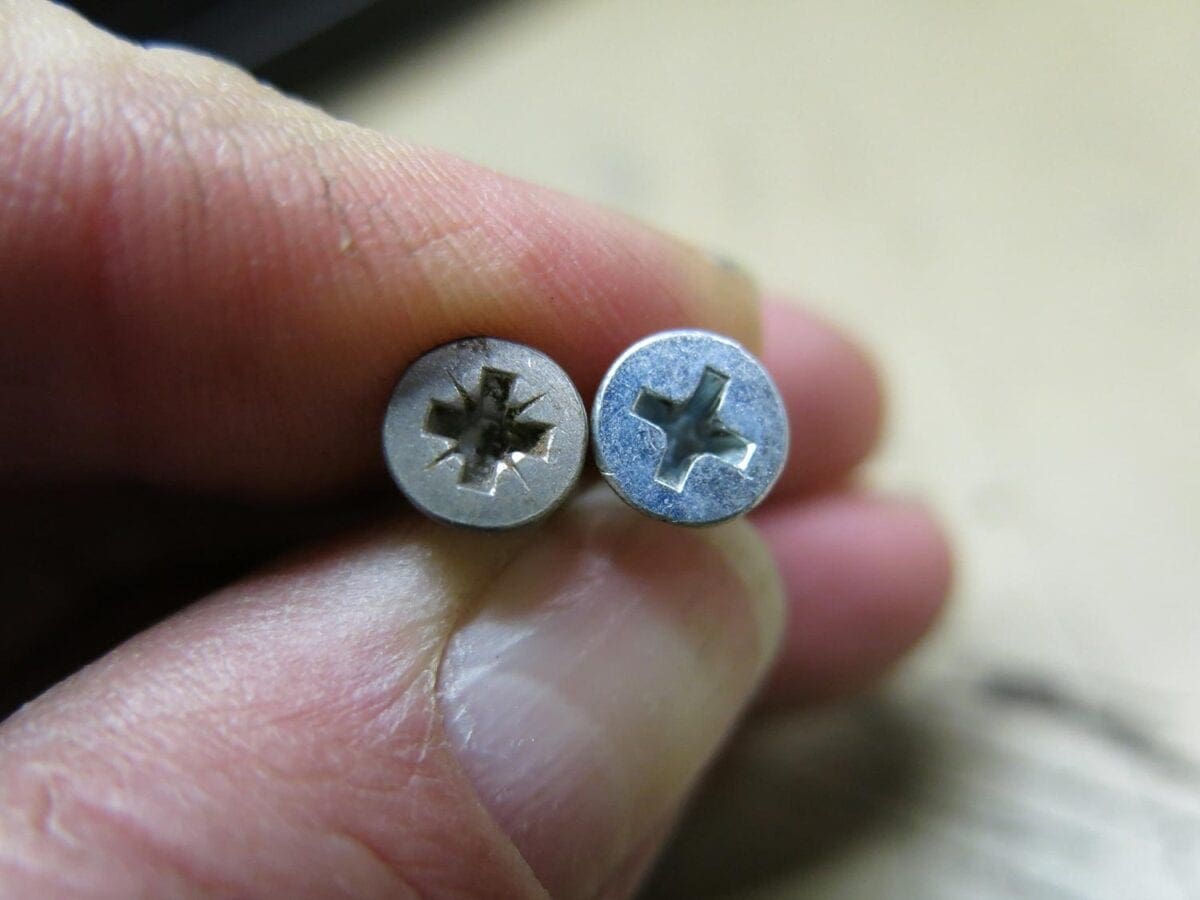
Hydraulic kit
- Keep the space around any moving parts clean, or contaminants can be dragged in, damaging seals, pistons, cylinders and valve seats.
- Hydraulics are used for lifting and moving, not holding. Never use a trolley jack without axle stands, or a motorcycle lift without the mechanical lock.
- Most hydraulics will leak over time and will need the odd top-up. They also need to be purged of air on first use, and periodically after – make sure you read the instructions.
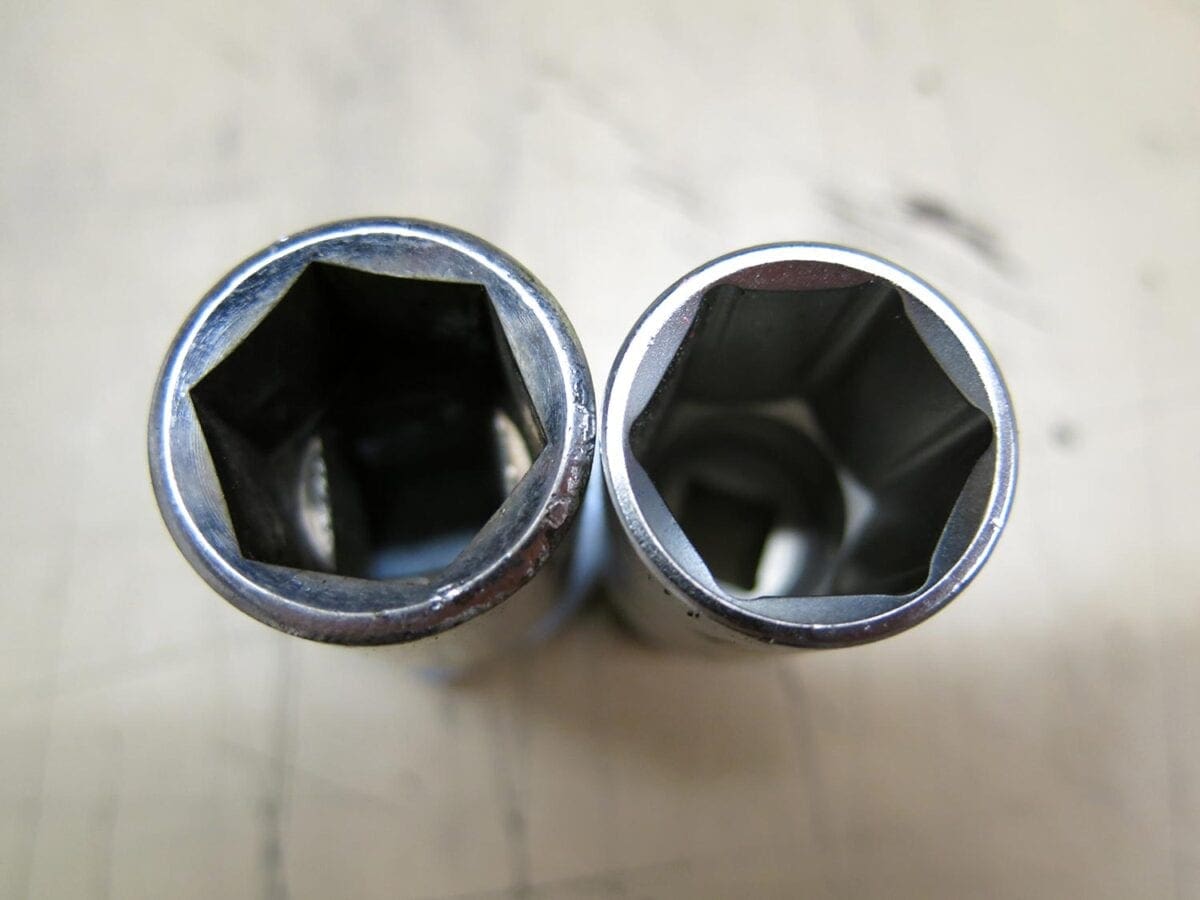
Caring for compressors
- Carefully check the air consumption figures of the tools you intend to use, and make sure you buy a compressor that’s up to the job. Impact wrenches, for instance, can demand a lot, and overworking usually leads to failure.
- Follow the service schedule, particularly when it comes to oil levels, draining the tank, and replacing filters and belts.
- Keep the compressor well ventilated so it stays cool and can suck in plenty of air, and use a moisture trap on the airline to prolong the life of your tools and prevent contamination.
- Avoid using extension leads, but if you must, ensure the cable is rated for at least as high a current as that of the compressor, and is unwound completely. The thinner (and longer) the cable, the more the Voltage drop, leading to a reduction in performance, blown fuses, tripped circuit breakers, damage to the compressor or even fire.
Mig welders
- Keep your wire clean and dry, ideally in the moisture-absorbing pods it’s sold
- Regularly service the welder, including keeping rollers clean and tensioned correctly, wire liners clear of debris and changed regularly, tips and nozzles changed and the spool clutch adjusted. Failure to do so will cause the wire to ‘burn back’, affecting weld quality and making the wire weld itself to the tip.
- As with compressors, try to avoid extension leads.
Looking after number one
- Always work in a well-ventilated around, and wear eye and ear protection. We all know the rules, but how many of us follow them? Until we’ve had a near-miss, or worse. Please keep yourself safe! Also keep the floor clear of trip hazards, and clean up any spills immediately.
- Welding arcs will damage your eyes. Always wear a quality mask, and don’t forget to cover your skin – spatter really hurts!
- When charging a battery, it’s best to disconnect it from the vehicle but if you can’t (or you’re jump starting), always connect the positive (red) first, then the negative (black) last (and vice-versa when disconnecting – this will reduce the chance of catching an earth and shorting the battery.
- Always connect the negative of the jump lead to a suitable earth point, not the battery terminal – this keeps any spark away from the explosive gasses of the battery. An exploding lead-acid battery is no fun at all. Also consider using a surge protector like the Sealey Prosaf/12 when jump-starting; the electrical spike generated can cause electronics to fail immediately or in the future.
- Many tools have high power requirements – sometimes greater than that provided in a shed or garage. Blown fuses and overheating tools that fail cause frustration, or worse, a fire. If in doubt, get a qualified electrician to check your supply.
